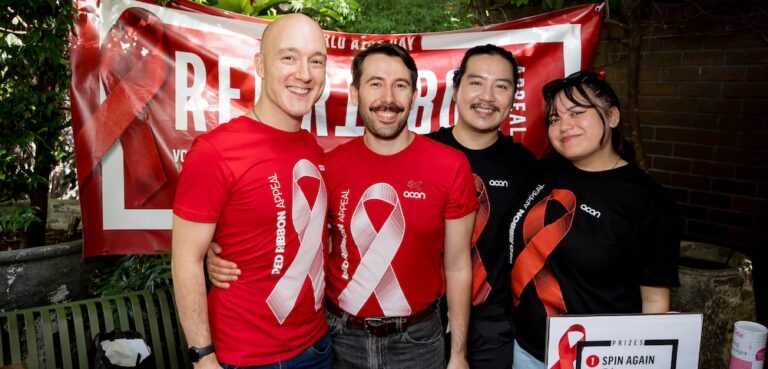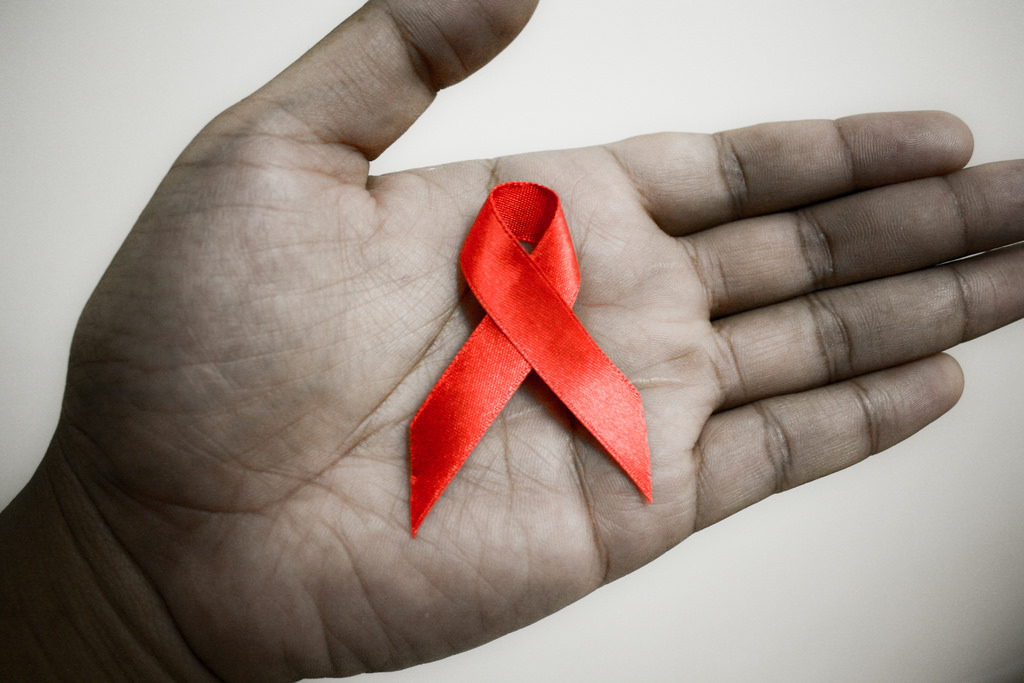
Calls for greater inclusion of trans and gender diverse people in HIV prevention

A new paper released in time for World AIDS Day has called for a greater focus focus of trans and gender diverse (TGD) communities in HIV prevention efforts.
The World Health Organisation (WHO) has stated that TGD people have been ‘neglected’ when it comes to addressing HIV and that trans women “bear an extraordinarily heavy burden of HIV”.
The discussion paper also calls for further research into the prevalence of HIV among transgender men who have sex with men.
ACON, in partnership with PASH.tm and The Gender Centre, today published the paper entitled Effective and Meaningful Inclusion of Trans and Gender Diverse People in HIV Prevention.
Nicolas Parkhill, ACON’s CEO, said that despite the great strides made in reducing HIV transmissions in New South Wales, in order to achieve the goal of virtually eliminating HIV transmissions by 2020 the needs of TGD communities must be addressed in HIV prevention efforts.
“NSW has a world leading HIV response with a comprehensive range of evidence-based HIV prevention technologies.
“Not only does this include condoms and new biomedical tools such as PrEP, but also the advances in treatment for people living with HIV that see viral loads suppressed to an undetectable level, meaning that transmission is virtually impossible,” Parkhill said.
“As our response evolves, it has become increasingly obvious that there are major barriers to meaningful trans and gender diverse inclusion – and unless we address these barriers carefully and pragmatically, we will see increasing disparity, where some people do not derive the same benefits from the gains we are making in HIV.
“Everyone at risk of acquiring HIV has to be meaningfully included in our work if we are to achieve the virtual elimination of HIV transmission. That does not mean just for some – it means for all those at risk,” said Parkhill.
PASH.tm’s Ted Cook, who co-chairs the advocacy group for gay, bisexual and queer transgender men, said a key issue that needs to be addressed is ensuring TGD populations are included and better reflected in HIV research.
“Currently, surveillance systems fail to accurately capture HIV prevalence among trans and gender diverse populations.
“Mostly, this is because we do not ask adequate gender-related questions in HIV diagnosis and notification processes,” Cook said.
“As a result, there is very little empirical data on the experiences and needs of people with trans experience or non-binary people in relation to HIV.
“Inaccurate collection of gender marker data means that our communities are often not identified, which compounds our invisibility.
“Changes to the existing processes, informed by experiences, histories and identities of trans and gender diverse people, are a necessity,” Cook concluded.
You can read the full discussion paper here.










